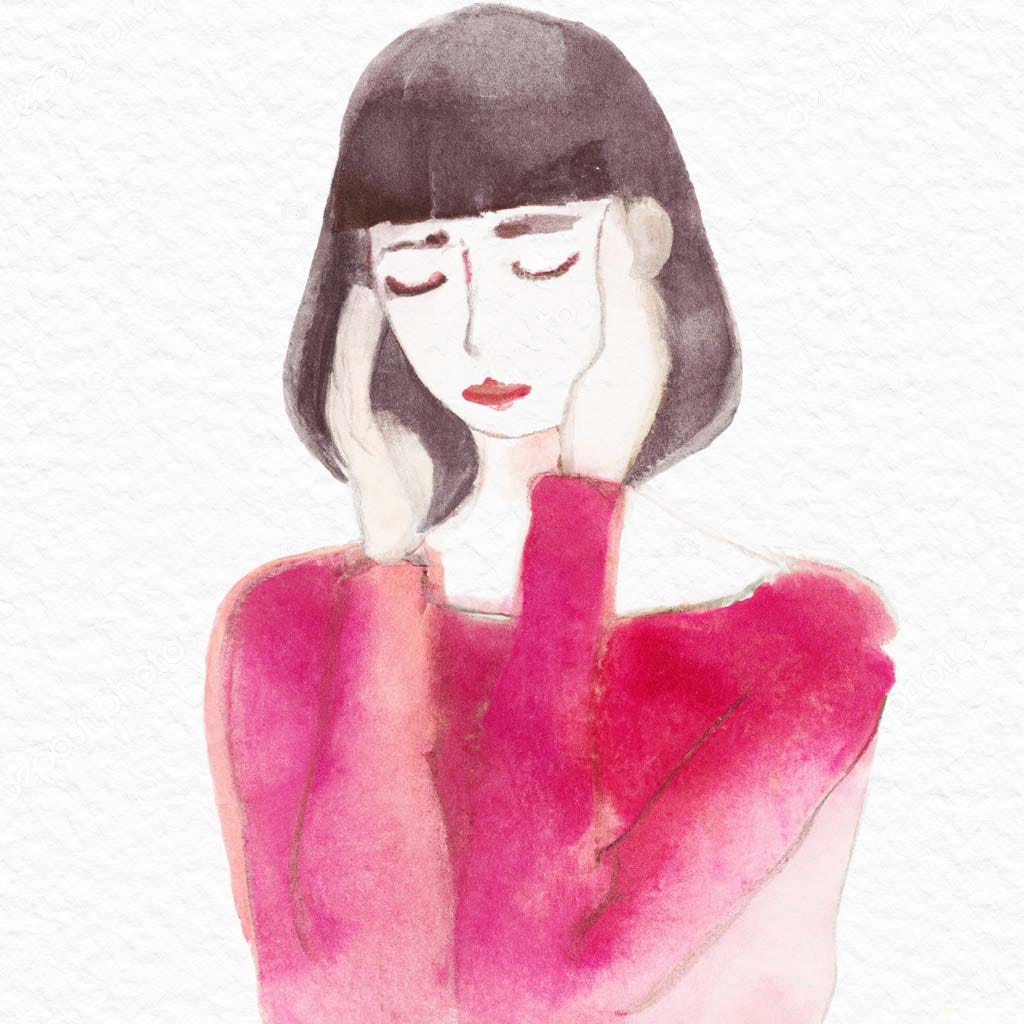The Gut-Brain Connection: Hype or Hope?
What is the connection between microbes and mood?
In 2003, Nobuyuki Sudo and colleagues noticed that germ-free mice behaved differently than normal mice. They had a heightened reaction to stress and preferred to play alone. Since mice are generally sociable, this was a notable difference, and it all came down to their lack of microbes: when Sudo gave them a blend of non-pathogenic microbes, their behavior recovered. A healthy microbiota seemed to confer resilience to stress and made the mice more gregarious. The results raised eyebrows in all the fields affected: gastroenterology, neurology, psychiatry, immunology, endocrinology and microbiology. How could brainless microbes possibly affect the sophisticated mind of an animal?
Given that humans are hardly germ-free, the relevance of this study was lost on many researchers. Psychiatrists, in particular, were preoccupied with research into psychoactive drugs designed to address chemical imbalances in the brain. Although the early drugs weren't perfect, once the kinks were worked out, there were some big wins – dramatically helping many people with depression and anxiety. How in the world did microbes fit into this picture? One clue: the first antidepressant, iproniazid, was an antibiotic intended to treat tuberculosis. Remarkably, microbes have been a part of this story from the beginning.
The gut-brain axis has a long history
Scientists have known since the time of Hippocrates that gut issues could cause medical troubles. His morbid motto was that "death sits in the bowels". Soon after bacteria were discovered, researchers realized that bacterial pathogens were behind many diseases, including some kinds of mental illness. The notion of beneficial bacteria seemed absurd. It would take many decades for Élie Metchnikoff to see the good side of microbes in the early 1900s when he noted the health and longevity of yogurt-consuming Bulgarians.
Sudo's work showing behavioral changes inspired many others who went on to push the boundaries, among them professor of neuroscience John Cryan and psychiatrist Ted Dinan of University College Cork in Ireland. In 2013, they proposed that certain bacteria could help resolve psychiatric illness. They dubbed them psychobiotics. Their conviction sprang from the stunning observation that microbes could produce human neurotransmitters, including GABA, acetylcholine, serotonin and dopamine.
Their research was so compelling that I called up Cryan and Dinan to see if we could write a book about it. They agreed, and National Geographic jumped to publish it. It was called The Psychobiotic Revolution, and in recognition of how hot the topic was becoming – and how respected my coauthors are – it shot to the top of the charts.
The book looks at the three main routes for communication between gut microbes and the brain. One is the vagus nerve that directly connects the intestines to the brain. It is a two-way nerve bundle that mostly sends information to the brain, but also sends messages the other way, to the gut. The second route is the immune system that constantly patrols the gut looking for pathogens and giving good bacteria a free pass. An activated immune system can cause inflammation that can quickly alter mood. The third route involves microbial secretions called metabolites that help to nourish and heal the gut lining, preventing systemic inflammation and directly stimulating the brain.
Additionally, Cryan and Dinan have found a connection between microbes and the hypothalamic-pituitary-adrenal (HPA) axis, the body's hormonal stress system. An interesting story is developing around stress: Stress in children is a well-known precursor to psychiatric ailments later in life. Studies show that stress affects the child’s gut microbes, so could early gut problems be a factor in adult depression and anxiety?
Reasons to be skeptical
Since this formative work, hundreds of mouse and rat studies have explored the gut-brain axis and its contribution to depression and anxiety. Nevertheless, there are many critics, and they have some good points. These studies have mostly been done on mice, not humans. Still, researchers often use mice for pre-clinical antidepressant studies, so they can't be totally discounted.
Perhaps the most damning criticism is that most of these studies are correlational, not causal. They show an association between microbes and mood, but that doesn't prove that microbes can cause mood changes. It might be that depression causes changes in the microbes, not the other way around.
Another problem involve the purported mechanisms. Research has pinned down some relevant pathways, including the aforementioned stress hormones of the HPA axis, inflammatory cytokines of the immune system, bacterial metabolites and the neural wiring between the brain and the gut. These connections are tantalizing, but still somewhat vague. How can we prove that microbes manipulate the brain?
On that cliffhanger, I leave you until next week, when I will explain why researchers are more and more convinced of causality, not just correlations between gut microbes and mood.
References
Sudo, Nobuyuki, Yoichi Chida, Yuji Aiba, Junko Sonoda, Naomi Oyama, Xiao-Nian Yu, Chiharu Kubo, and Yasuhiro Koga. “Postnatal Microbial Colonization Programs the Hypothalamic-Pituitary-Adrenal System for Stress Response in Mice.” The Journal of Physiology 558, no. Pt 1 (July 1, 2004): 263–75.
Dinan, Timothy G., Catherine Stanton, and John F. Cryan. “Psychobiotics: A Novel Class of Psychotropic.” Biological Psychiatry 74, no. 10 (November 15, 2013): 720–26.
Karl, J. Philip, Lee M. Margolis, Elisabeth H. Madslien, Nancy E. Murphy, John W. Castellani, Yngvar Gundersen, Allison V. Hoke, et al. “Changes in Intestinal Microbiota Composition and Metabolism Coincide with Increased Intestinal Permeability in Young Adults under Prolonged Physiological Stress.” American Journal of Physiology-Gastrointestinal and Liver Physiology 312, no. 6 (March 23, 2017): G559–71.


